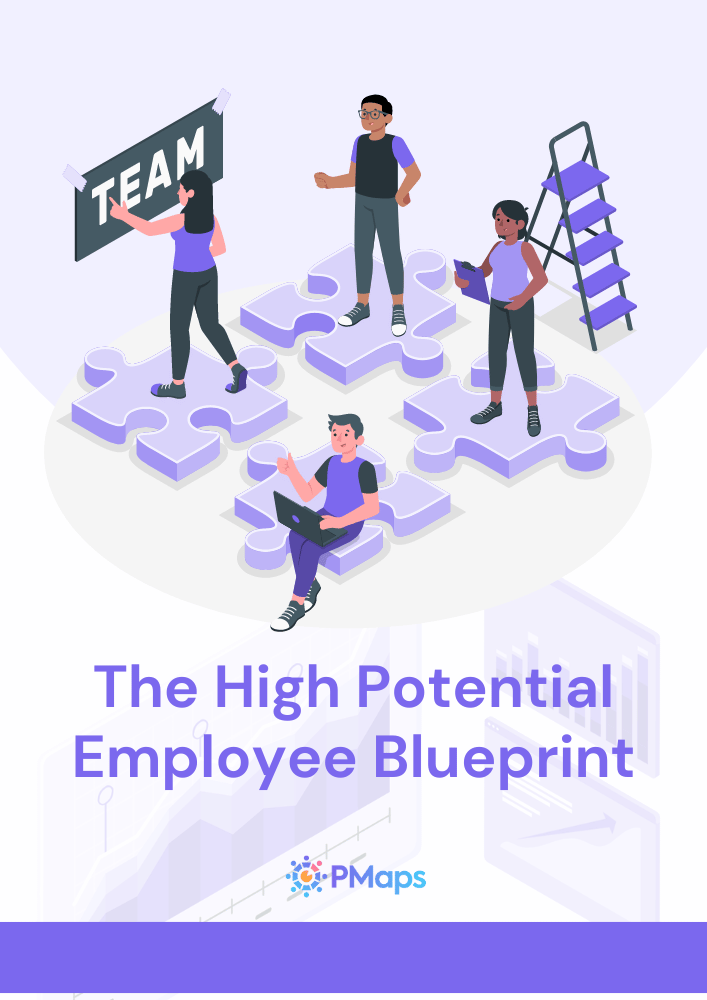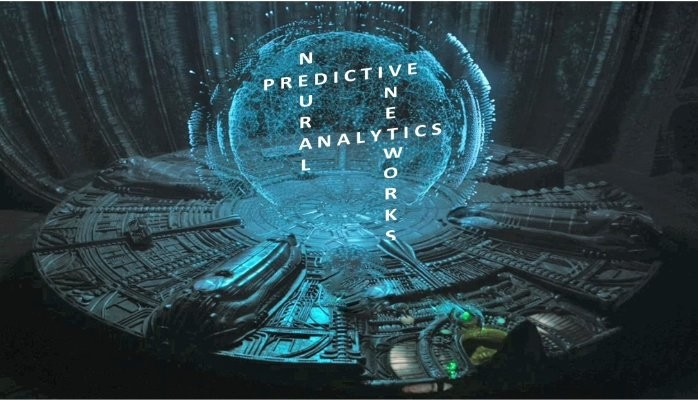
Spread the love
The Covid-19 pandemic disrupted the brick-and-mortar working style of almost all businesses. And when we take into consideration various digital, cultural, and functional shifts in the business industry that came along, one common question that arises is – What would the future of work look like?
The Answer is – a model that is technology friendly, open to diversity, supports employees from distant locations, and allows flexible working styles.
Now more than ever, businesses are reimagining their functioning in order to adapt to these changes and stay relevant.
One such model industries are adopting that utilizes the best of hybrid work and remote work is – “Distributed Workforce Model”.
So What is a Distributed Workforce Model?
In a Distributed Workforce Model, the company's workforce is spread over different geographical locations. It is a flexible working model and comprises employees who are working remotely (home spaces, public spaces, or co-worker spaces), telecommuting, working at satellite offices as well as employees who are working at the traditional office location.
John Maeda, the CXO of Publicis Sapient (an American digital consulting company), has created ‘5 pillars of the Distributed Workforce' that best describes the essence of the Distributed Workforce Model.
- Remote Work isn't the same as Distributed Work. Remote Work is an act of working outside the office whereas, Distributed Working is more about adopting a new mindset of working in a group, getting things done by collaborating.
- Collaboration > Cooperation. Distributed company involves bringing people together especially with various Collaboration tools where instant sharing, communication, feedback take place; and is different from Cooperation which just means working at a distance and helping when asked for.
- Change is always an emotional journey. Before making the transition to distributed company, and investing in tools, it is best to understand the workforce's needs, capabilities, etc. by using a people-first approach.
- Place-making forms the grounds for work-making: When it comes to distributed work, place is more of a ‘digital space' as compared to traditional work setting, where it is the office people go to – so employers should focus on creating a stable foundation.
- The future of Distributed Work looks bright: Now that virtual and physical realities are getting intermingled with time, such distributed working culture with its potential, is shaping the future of work.
Which Companies Successfully Adopted The Distributed Workforce Model?
When uncertain and transformative times hit the businesses, the best companies design and redesign their processes. Atlassian's Work Futurist Dom Price, discusses the same in one online platform: “2020 has been full of uncertainty. Businesses are going through different kinds of agile, physical, cultural, transformations. The best companies that have adapted to Covid and the best transformations have been the ones that have gotten – the right people in place first; found practices and ways of working that amplify those people skill sets and mindsets; and then deployed those technologies and products that amplify that even further. But the fourth aspect, often forgotten, is the ‘PLACE'. Covid has taught us that Place is very important. Covid has disrupted the place of work. Therefore the companies need to re-establish their context. The key is not to pick any one of these aspects and try to be best at it, but the key is to not forget any one of these and take it all together – maintaining a state of congruence.”
In another recent article (2021), Employment Hero, Australia's growing SaaS company, shared how they employed a distributed workforce model by using a remote-first approach to work. They work with the primary belief that it is important to give one's team the flexibility to work how and where is best for them. Overall, empowering and trusting everyone to do their best work. They also enlisted similar companies with distributed workplace, such as –
Zapier, an automation software company, comprises a team of 300 employees living and distributed in 28 countries and 17 time zones.
Canva, a global visual communication and design platform abolished formal rules around office attendance and changed the focus to flexibility and connection.
Atlassian, an Australian software company moved to a fully distributed workplace after 2020 allowing teams to be formed based on talent rather than a physical footprint.
Salesforce adopted a talent strategy based on three working models: Fully remote, Full in-time office location, and Flexible to get rid of the barriers like location.
Dell, a multinational company, now has employees around the world and is saving around 2 million kWh of energy and 35,000 metric tons of CO2e per year.
Common Pitfalls That Comes Along With Distributed Working:
Before any new adoption it is crucial to consider all the aspects of it. The Distributed Work Model is no different. Below are some common pitfalls that companies might face while implementing this new work plan. It is important to identify and have a strategy to manage them as well when you consider this new model.
Struggle To Establish Rapport. Distributed Work setup cuts off all the impromptu interactions that happen during tea-breaks, after work hours, parties, etc. Thus difficulty in forming authentic relationships through conversations becomes a bigger challenge especially for the managers who are trying to establish rapport with the employees that they have never met in person (those who got hired remotely).
Fewer Opportunities For Team Bonding. When different employees are working from different locations, there can be fewer opportunities for the employees to interact with certain sections of the team. This might lead to segmented teams. For instance, those who go to the office might feel more connected to the office culture and team; and others who are working remotely might feel left out, excluded or even isolated.
Cross-Cultural Barriers. Since the employees are hired across the globe, from diverse backgrounds, there are cultural differences, differences in perspectives due to varied experiences, and language barriers amongst them. This results in difficulties related to communication and understanding between co-workers. Managers might also struggle to establish harmony in teams that have people from different cultures.
Difficulty To Trust. Another common issue is there is a lack of trust between co-workers, managers and their distributed teams. Trust, which is usually built around non-work related tasks often gets restricted because all communications in this setup happens around formalized video meetings. People might find it difficult to trust their co-workers which might often lead to misunderstandings when they aren't working in the same shared physical space.
Time-Zone Conflicts. When different employees are operating from different time zones, it can be difficult to work together, especially if the work demands collaboration. Problems like delayed email replies, clashes related to the scheduling of meetings, arise. Checking in with all their team members from different time zones is also a hassle and managers might have to constantly alter their schedule to provide all the employees the same kind of supervision.
So, Why Is The Distributed Workforce Model Still Far Better Than Its Other Counterparts?
- Ideal for new workforce entrants Gen-Z and Millenials. When we look at the stats, there are mixed results. Some percent of people prefer to work from home while others prefer office setups. But one thing that is common among every section of the workforce is their preference towards Flexibility – which is the key feature of the Distributed Workforce Model.
- Better Work-Life Balance. Distributed work environment allows flexibility which in turn enables the employees to achieve a good work-life balance. Employees get advantages such as being able to relocate due to personal commitments, transfer of the spouse, etc. without having to switch the job. This lets them have a balance between work and personal life without having to choose any one.
- Working With The Best of Talent. As Distributed Work breaks the restriction of hiring only from one geographical area, it widens the opportunity to hire better talent from a broader range of applicants. When companies prioritize quality over location, they end up with a highly skilled workforce.
- Innovation and Productivity. Two main reasons that Distributed Work drives innovation and productivity are – a) liberty to choose between commuting/working remotely; and b) ability to hire from diverse backgrounds. Liberty allows people to choose the hours and physical space they feel best motivated to work; and diversity brings unique ideas to the workplace – adding to the overall value for the distributed company.
- Stay Responsive 24*7. In globally distributed teams, where half of the staff is working from one time zone and the other half from another time zone, it can be a big benefit for the overall team. The team can stay responsive and available for the clients and the customers. This lessens the workload on the team as the employees won't have to work extra shifts, night hours, etc. as those shifts can be assigned to a different team member with whose time zone the hours sync better.
To Sum Up:
Overall, the Distributed Workforce Model is a model that can be adopted to make companies more and more resilient. So that, next time any disruption happens, the employees will know how to best handle it without letting the work get affected. This model isn't designed to benefit any one party (business or employee), but designed to find a common ground between both in order to add value to the entire work process. With the right tools, planning and processes – this model when implemented successfully will give companies a huge competitive advantage in the market.
Follow our next blog in the series to know more about how better leaders and effective managers ease down the process of new adoptions and ensure that new models such as Distributed Workforce Models are implemented successfully.
– Somya Verma
Team PMaps
– Psychologist








